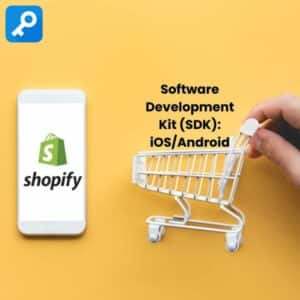What are Dynamic Ad Targets?
Dynamic Ad Targets refer to a feature in Google Ads that allows advertisers to automatically adjust their ad targeting based on user behavior and website content. When running DSA campaigns, you can target people's searches to specific pages.
URL targeting is the most commonly used, pointing the search towards a particular webpage.
There are 8 different kinds of DSA targeting options
- Landing pages from your standard ad groups
- URL equals
- URL contains
- Custom label
- All webpages
- Page title
- Page content
- Categories
Key Takeaways
- Increased relevance: Dynamic Ad Targets ensure that your ads are shown to users who are most likely to be interested in your products or services.
- Automated optimization: The machine learning algorithms handle the targeting adjustments, saving you time and effort.
- Improved performance: By targeting the right audience and displaying relevant ads, dynamic targeting can potentially lead to higher click-through rates (CTRs) and conversions.
How does it work?
To get a better understanding of your website, Google Ads analyzes the content and context of your pages and tracks user behavior.
This process allows Google to understand the intent and preferences of your site visitors. It then dynamically adjusts your ad targeting by matching relevant keywords, placements, topics, and audiences to display your ads to the most suitable users.
Understanding
Dynamic Ad Targets leverage machine learning algorithms to analyze user behavior, contextual information, and website content in order to optimize ad targeting.
Instead of manually selecting keywords or specific audience segments, advertisers can rely on the system to dynamically adjust targeting parameters to reach relevant users.
Strategies
To get the most out of Dynamic Ad Targets, here are some best practices to follow:
- Optimize your website content and structure to align with your desired target audience.
- Regularly review the performance metrics of your dynamic ads to identify any patterns or areas for improvement.
- Test different combinations of keywords, placements, topics, and audiences to find the optimal mix for your campaigns.
- Supplement your dynamic ads with relevant ad extensions to provide additional information and improve ad visibility.
- Define specific objectives and key performance indicators (KPIs) to measure the success of your dynamic ad campaigns.
Additional considerations
Ensure that your dynamic ad targeting complies with privacy regulations and best practices. While dynamic targeting helps improve relevance, periodically review and optimize your ads to ensure they align with your target audience's expectations.
FAQs
Can I use Dynamic Ad Targets in all types of Google Ads campaigns?
You can use DSA in Search, Display, and Shopping campaigns, allowing you to leverage the feature across various campaign types.
Can I still use manual targeting alongside Dynamic Ad Targets?
Yes, you can combine manual targeting methods with DSA targeting to have more control over your ad campaigns.
Will Dynamic Ad Targets increase my ad spend
While targeting can improve ad performance, it may also increase the competition for certain keywords or placements, potentially affecting your ad spend. Regularly monitor and adjust your budget accordingly.








